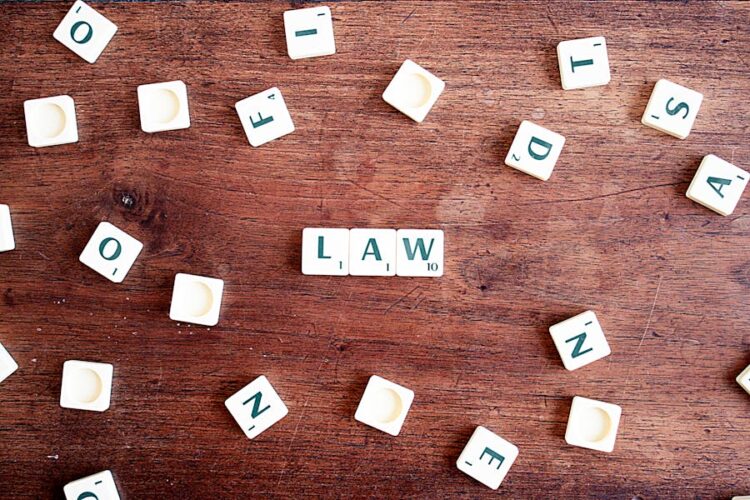We live in an era where consumer goods are readily available at our fingertips. But what happens when the product you purchased doesn’t just fail to meet your expectations but causes harm? Defective products can ruin a day.
They cause injuries, money loss, and frustration. A defective product lawsuit can seem daunting. But, knowing the defective product legal process can help you take the right steps.
In this guide, we’ll break down the complexities of defective product lawsuits into digestible information. Read on to learn more.
Understanding What Constitutes a Defective Product
A defective product is any item that is unreasonably dangerous when used as intended or in a foreseeable manner. This danger can arise from:
- manufacturing errors
- design flaws
- insufficient instructions and warnings
Identifying the root cause of the defect is crucial, as it influences the legal strategy and potential liability.
Types of Product Defects
There are three main types of product defects: design, manufacturing, and marketing defects.
Manufacturing Defects
Manufacturing defects occur when a product deviates from its intended design during production. These defects are often isolated incidents but can have severe consequences. For instance, a car with a faulty brake system due to a manufacturing error can lead to catastrophic accidents.
Design Defects
Design defects are flaws in the product’s blueprint. They make it dangerous, even when made correctly. An example is a car model prone to rollovers because of its high center of gravity.
Marketing Defects
Marketing defects, or “failure to warn,” are about a product’s risks. They involve inadequate instructions or warnings. A drug company might release a drug without disclosing its side effects.
Legal Grounds for a Defective Product Lawsuit
To hold a manufacturer or seller liable for a defective product, you must prove that the defect caused your injury and that it was present when the product left their hands.
Strict Liability
Strict liability holds manufacturers and sellers accountable for defective products, regardless of fault or intent. If you can prove the product was defective and caused harm, you have a strong case.
Negligence
Negligence involves proving that the manufacturer failed to exercise reasonable care in designing, producing, or providing instructions for the product. You must show that the manufacturer breached their duty of care. This caused your injury.
Breach of Warranty
Warranties are promises made by the manufacturer about the product’s quality and performance. A breach of warranty occurs when the product fails to meet these promises.
Filing a Defective Product Lawsuit
Selecting an experienced product liability lawyer is crucial for navigating a defective product lawsuit. Look for attorneys with a proven track record in similar cases. Consultations are often free, allowing you to gauge their expertise and approach before committing.
The complaint is the formal document filed with the court, outlining your allegations against the defendant. It includes details about the defect, your injuries, and the legal grounds for your claim. Your lawyer will draft and file this document, initiating the lawsuit.
If you or a loved one has been affected by products liability, taking prompt and informed action is crucial. Consult with a qualified attorney, gather your evidence, and ensure you file within the required time frame.
Understanding the Defective Product Lawsuit
Navigating a defective product lawsuit is a complex but essential process for seeking justice and defective product compensation. Understanding the types of defects, legal grounds, and evidence collection can significantly impact the outcome of your case. Your safety and well-being matter, and holding manufacturers accountable can lead to safer products for everyone.









